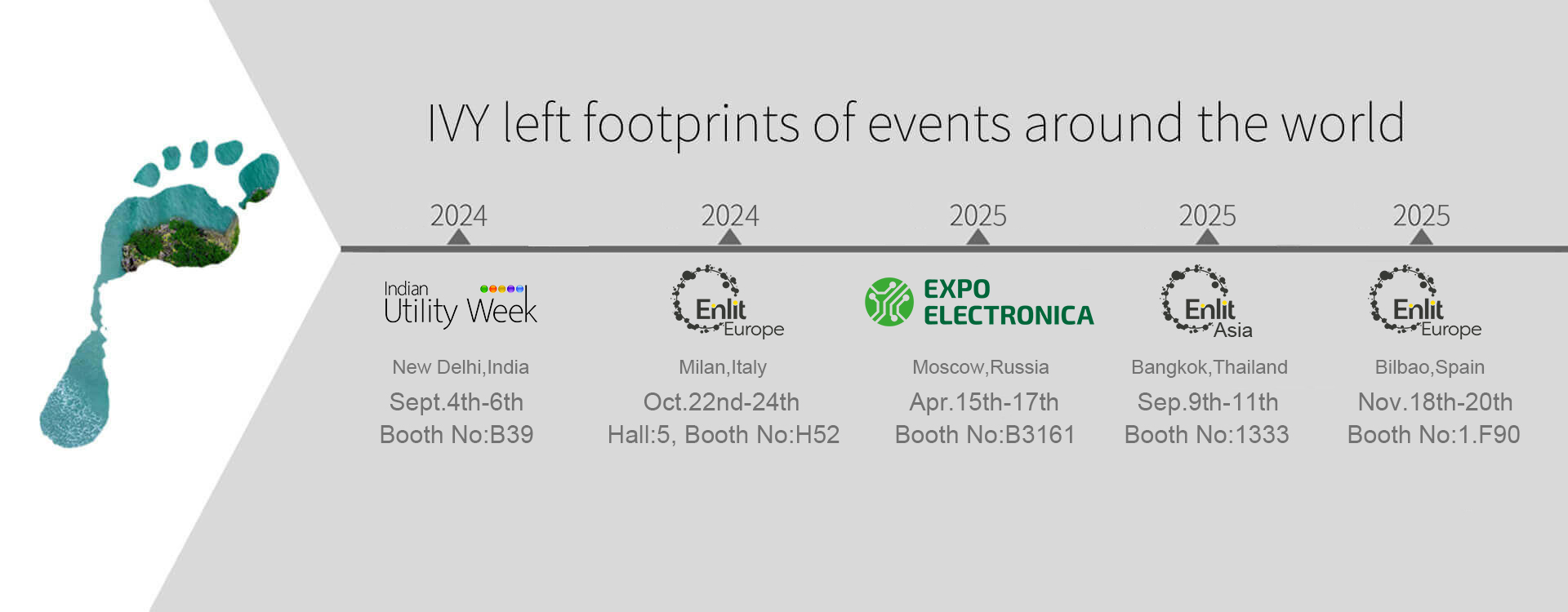Relay's Development & Future Relay
1.1st generation relay-electromagnetic relay
In the 1830s, the American physicist Joseph Henry used electromagnetic induction to invent the relay while studying circuit control. The earliest relay is the Electromagnetic Relay. It is also called the Mechanical Relay. It uses the phenomenon of the generation and disappearance of the magnetic force of the electromagnet when the power is turned on and off, to control the opening and closing of another circuit of high voltage and high current. Its appearance Makes the remote control and protection of the circuit work smoothly.
2. 2nd generation of new relays-non-magnetic latching relays and magnetic latching relays
In order to adapt to the new special requirements and meet the use under special environmental conditions, the electromagnetic relay has been developed and produced. Its main characteristics are small size, light weight, vibration resistance, shock resistance, and the load range is from low-level load to 5A, 28 V rated load, the product has reliability index (failure rate grade) requirements, the product adopts resistance welding or laser welding sealed airtight sealing structure, mainly used in signal transmission and weak current power switching in electronic control equipment. New electromagnetic relays include: non-magnetic latching relays and magnetic latching relays. The non-magnetic latching relay is a monostable relay. The output state of the contact of the relay coil changes under the action of the specified voltage excitation, but after the coil excitation is cancelled, the contact output state is restored to the initial state. Magnetic latching relay is a kind of bistable relay, divided into single-coil structure and double-coil structure, coil excitation is electric pulse mode. For a single-coil structure relay, when the coil is under the action of the specified voltage excitation, its contact output state changes. After the coil excitation is cancelled, the contact can maintain the existing state. To change the contact output state, a specified value must be added to the coil. The amount of reverse voltage excitation. For the double-coil structure relay, when the first coil is under the action of the specified voltage excitation, the contact output state changes. After the coil excitation is cancelled, the contact can maintain the existing state. To change the contact output state, the second The coil is excited by the specified voltage.
3.Trend Relay-Motor Type Latching Relay
As a relay manufacturer, the market and customers have been motivating us to move forward. The current motor-type holding relay can also be called a motor latching relay. As a latching relay, it is not only small in size, light in weight, and the motor gear structure is stable and resistant to vibration and shock. It also self-contained the function of anti-500mT constant magnetic field .More and more people choose this type of small motor relay.
4.Future Relay
Relying on market experience and understanding of customer requirements, we boldly predict that future relays will be smaller but more powerful, and even they will combine various communications to become smarter, smart relays, mini relays, and more choices will be presented to us. IVY METERING will not forget the original intention, specialize in relays, and bring you more choices.












